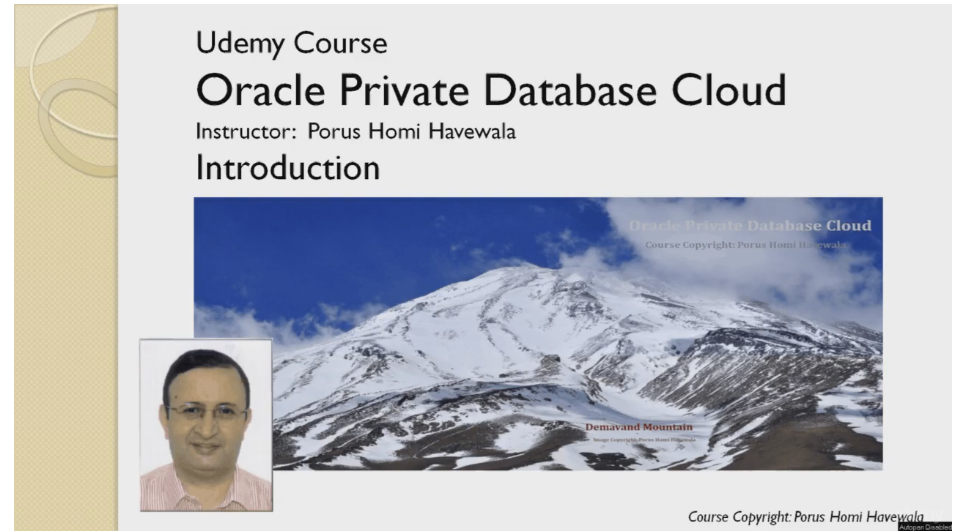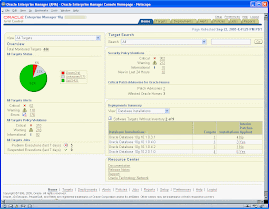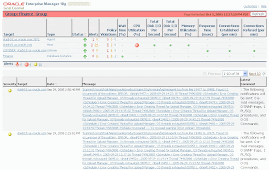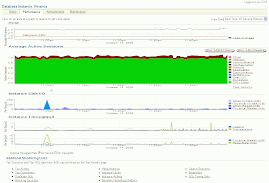We are discussing the management of Oracle Database 12c in Oracle Enterprise Manager 12c. In our previous blog post on this topic, we looked at the tablespace level Heat Map in Database 12c, showing which objects were accessed with a full table scan. We now move to the Policy tab.
Information about the Compression and Storage policies is displayed. There are 2 storage policies present. Only one object has a policy enabled. Drill down to the enabled policy.
The object displayed is the table HR.EMPLOYEES. This object has the policy enabled. Click ok to go back to the policy tab. On the policy tab, select the policy and click on “Execute Policy”.
In the window that appears, confirm by clicking on Execute. The policy will be executed. You can also see the PL/SQL that you would have to write to perform this simple action, if it were not for Enterprise Manager.
The evaluation job is submitted. You can go back to the evaluations tab, select the policy, and click on execution history.
This history shows that the job has been created.
On the main Policy tab, there is another button called “Policy Details”. This shows further details of the policy.
Finally, there is the button “Default Execution Settings” on the main Policy tab. This displays information about when and how the policy will be executed.
This has been a quick introduction to what is available in Enterprise Manager 12c for Information Lifecycle Management (ILM) in Database 12c. For more information on Managing the ILM Heat Map and ADO with Enterprise Manager, please see the documentation here.
This blog post was originally published at this link.

























